|
When you have diabetes, it's common to have gastrointestinal issues. Symptoms like food sensitivities, gas, bloating, nausea, and early fullness are prevalent and not often discussed. There are many causes and degrees of GI distress with diabetes. It's important to rule out hypothyroidism and celiac disease as causes. Gastroparesis, a delayed stomach emptying, is another common culprit. I went through my own journey about ten years ago with terrible digestive distress and blood sugar swings that would creep up hours after a meal. This cycle made diabetes harder to manage because I could not anticipate my insulin dosage. Up to fifty percent of people with diabetes have GI issues and cannot pinpoint the cause of their distress. If you have diabetes long enough, microvascular damage disrupts enzyme and acid production and muscular activity responsible for healthy digestion. Yoga therapy offers some pretty powerful strategies to soothe your tummy if you're in a flare-up, protect, and even potentially reverse the damage by strengthening the vagus nerve. This practice focuses on two essential elements: abdominal stimulation and parasympathetic activation. The compression and relaxation of the abdomen will help move stagnation. Long-gentle exhales, and exhale suspension, the pause after the exhale, strengthen vagal predominance, and help restore function. Abdominal Compression with a Ball - to awaken and stimulate the gutArdha apanasana - to compress the abdomen one side at a timeCakravakasana - two part exhale - to lengthen the exhale and compress the abdomenUttanasana - two part exhale - to lengthen the exhale and compress the abdomenParsvottonasana - one arm variation - to lengthen the exhale and compress the abdomenParivritti trikonasana - with suspension - to turn on PSNS and compress abdomenUddiyana bandha - to compress and relax the abdomenAbdominal vacuum - bridge pose - to learn abdominal vacuum, compress and relax the abdomen.
1 Comment
Let's establish that Thanksgiving is not onto itself unhealthy. One large meal will not throw off your A1c, and it's the cumulative result of many days and weeks where we let our hard work and discipline slip. The holidays give people with diabetes anxiety because we're put into situations where it's hard to prioritize diabetes management. I am here to remind you that you are autonomous in your diabetes care and personal wellbeing. No circumstance can deter you, not even Thanksgiving, and the truth is, no one is in charge but you. This email offers a multi-dimensional formula for maintaining glycemic and emotional harmony during the holiday season. Whether you're traveling, working hard (like me in Aspen), or feeling the pressure from friends and relatives, there's a way to balance pleasure and self-preservation. Here are my top five tips for keeping your cool, maintaining glycemic balance, and feeling good this holiday season. #1. Eat a protein and fiber-rich breakfast - Yes, it's true what they say. Breakfast is the most important meal of the day. As a reformed "coffee is my breakfast" person, I have noticed a dramatic improvement in my energy levels and hunger throughout the day if I just eat a protein and fiber-rich breakfast. It helps to reduce mindless snacking and stack bolusing throughout the day. I swear by an egg-white, power green omelet or scramble. It's low fat, so I don't notice a spike hours later, and low carb so I can exercise within a few hours of eating. #2. Move for 30 minutes a day - You can do it. Moving a little bit every day will increase your metabolism and decrease insulin resistance all day. Just wake up and go, and do it before everyone else is awake. It's as simple as thirty minutes around the neighborhood, on the Peloton, or with a bedroom workout like a HIIT or tabata series. Try this thirty-minute interval core workout. #3. Space - Create space for quiet. The holidays are filled with "doing" even if it's empty, like watching lousy t.v. with your brother-in-law. Fit it in mid-day while everyone is lounging and before lunch. Here's a simple practice incorporating breath and meditation. Time: 15 minutes Poses: Spend a few minutes moving with your breath - 5 minutes. a) hip circles in a table-top position b)Figure eights in a table-top position Sushumna Meditation - heightens clear perception and removes energy blockages. Sit in a comfortable position with the spine long. Visualize an open, hallow line of energy running from the crown of the head to the base of the spine. As you breathe in, sense, feel, imagine the breath descending from the crown to the base. As you breathe out, sense, feel, imagine the breath ascending from the base to the crown. Resolve any tension in the breath, so it is long, smooth and easy. As you sense the breath descend (inhale), hear the sound SO. As you sense the breath ascend (exhale), hear the sound HAM (10 minutes). Relax the breath, maintain awareness of mantra riding on the wave of the effortless, involutary breath at the heart for as long as you like. #4. Partial Pre-Bolus - There is a fine line between stacking your bolus and partial pre-bolusing. A partial pre-bolus is when you take a % of your bolus anywhere from 10-20 minutes before a meal, following up with a post-meal bolus. The partial pre-bolus will start working when dinner begins, helping to reduce a post-prandial spike and the risk for hypoglycemia when we wait too long to eat. This will give you more freedom to decide what you feel like eating. Personally, I find this an easier and more efficient way to take insulin for a large, long meal rather than a "dual-wave" or "square" bolus. Depending on the macro-nutrient density of your meal, it will speed up or slow up your digestion. Keep this in mind when deciding what % of your partial pre-bolus and follow-up boluses to give. The higher the fat, the longer it will take to digest, so you may need another bolus 2-3 hours after dinner. #5. Make a healthy dish to share. To be enjoyable and delicious, Thanksgiving does not have to look like stuffing, gravy, and cream pies. Some of my favorite websites for ideas are www.cookieandkate.com www.feastingonfruit.com and www.autoimmunewellness.com (reducing the fat in recipes by 50%). P.S. Final recommendation is to eat earlier!! Try having Thanksgiving at 2-3 pm and give your stomach time to digest before sleep!! Like this content? Leave your comments and personal recommendations below! A Holiday Diabetes Formula: 5 conscious tips to keep your cool, maintain glycemic balance, and feel good this Thanksgiving.As we enter the holiday season, it's easy to let our self-care slip and fall back into our old patterns. One day off turns into two, then a whole month, and suddenly it takes triple the effort to get back to square one. Daily self-care practices help you maintain physical and mental fitness no matter the circumstances. Self-care constitutes any action that supports your physical, mental and/or spiritual wellbeing. It is something you do for yourself, because it makes you feel more like yourself. I want to help you support your wellbeing during this celebratory time, with simple, effective strategies to implement throughout your day. I've created four helpful strategies to follow when you're feeling uninspired.
yoga therapy aspen, private yoga aspen, self-care, yoga habits, chronic illness, diabetes managementYoga is a yolking or connecting to Prana, the lifeforce of the universe, that which abides in you and everywhere. To heighten yoga's transformative power, you have to first understand Prana and its movement. The more Prana within your body, the healthier you are. The less Prana, the more susceptible to disease and suffering. The problem is we leak Prana through our senses (overstimulation), improper exercise (think hot yoga in July), and improper digestion (high food sensitivities and taxing our systems). The goal of a yogi is to contain as much Prana within the body for physical, mental, and spiritual wellbeing. We can't create more Prana; but we can learn to contain it within the body and influence how it flows. By learning to harness and influence how prana is moving within your body, you can quickly change how you feel, think, and act, empowering health on all levels. The easiest and quickest way to influence Prana is through the panchavayus - the five pranic winds. The Five Ways to Move PranaLearning to impact Prana in your practice is the first step in yoga and yoga therapy. Of the five, the most important are prana and apana; the power of receptivity and elimination. Combining the two vayus creates a unique alchemical effect, the precursor to personal growth and transformation. You may know this as kundalini or tantra.
apana vayu - moves downward and outward. It is located primarily between the navel and the perineum, governing elimination, reproductive fluid, menstrual fluid, birth, and the elimination of carbon dioxide of the breath (exhale). On a mental level, apana vayu eliminates unuseful sensory input and negative experiences. prana vayu— moves inward, energizing and vitalizing the body and mind. You can find prana vayu in the heart and the brain (third eye), and its function is to intake through sensation and sensory input, and it is our power of receptivity and perception. Pran vayu is associated with inhalation, the movement of mind and consciousness. How to tap into the vayus 1) Postures - any posture can emphasize a vayu by bringing attention to that area. For instance, holding warrior 2, you can emphasize reaching out (vyana), drawing all energy to the center (samana) pressing down (apana), lifting up (udana) or inhaling into the heart (prana). Naturally some postures are oriented to some vayus more than others. Twisting for samana, forward bends for samana and apana, back bends for pran, inversions for udana and laterals for vyana. 2) breathing techniques - bringing attention to the flow of your breath in the body while moving and in seated poses emphasizes the impact of the vayus on your practice.Try a practice for exhale to harness the qualities of apana and exhaling from the abdomen to feel samana. Consider inhaling into the heart and retaining the inhale to invoke pran vayu. For udana long exhales and long suspension increase the upward movement of udana vayu. Bhastrika and kapalabhati can open to vyana vayu. 3) Nyasa - gesture. Nyasa can be combined with chanting and or breathing techniques. Next week I'll teach you my favorite chanting with nyasa techniques. 4) Join the subtle body immersion training with me this October 9th-13th, 2021 at True Nature Healing Arts Center in Carbondale, CO. We're living in a time the Vedas call Kali Yuga, a cycle when chaos rules and virtue is seemingly far from reach. Whether it's the pandemic, climate change, or unexpected events...as I am writing this, I found out I may lose my apartment, and there is nowhere to move; we live in a world of ever-present complexity and uncertainty.
Shit is constantly flying at us. All we have control over is our response. If we're really good, we turn that poo into liquid gold fertilizer. All excrement is compostable with the proper methods. The deeper the mire, the larger the till. But to acquire the techniques, you need staying power. Yoga gives you the means and longevity. And while many teachers will tell you that the antidote is complex, requiring hours upon hours of daily dedication, the truth is it is pretty simple. To practice yoga in a deeper sense requires one thing: the subtle body. The subtle body is the vital link between the physical body (known) and the ethereal body (revealed). These three bodies (physical, subtle, ethereal) constitute the human experience, but most modern yoga focuses solely on the physical with an intense dedication to asana. There is nothing wrong with this. But it is limiting. When you learn to see and access the subtle body in your practice, there is limitless growth. Your practice will live until the last breath of your life. I know it is a morbid example, but this is what yoga prepares us for. The good news is that the barrier between the physical body and spirit is easily permeable with the tools of the subtle body: breath, sound, chakras, nadis, kundalini, open energetic pathways, expand consciousness, and reduce karmic attachments. My mission as a yoga educator and therapist is to show others how to use yoga as a life preserving tool. This is why I've created the subtle body immersion training, October 9-13th at True Nature Healing Arts in Carbondale, CO. Space is limited to 15 students. Receive 25 hours of continuing educated by Yoga Alliance.
My life changed eight years ago when I started a regular yoga nidra practice. Since then, it has transformed my life and teaching. I hurt my back in my early 20's practicing advanced poses beyond my limits, an injury that turned into chronic pain and forced me to change the way I practice and teach yoga. I could no longer bend and flex my body without extreme pain. Sitting was hard for me, too, as my compressed spine radiated at my base and in my hips. Yoga nidra took my pain away, albeit temporarily, gave me the hope and security to know I could get out of it. As a type 1 diabetic, I use yoga nidra as an energetic intervention for blood sugar swings and lower my stress-load (yes, even a yoga therapist has stress). It has opened my mind to altered states of consciousness previously inexperienced in meditation. Once an unknown term, yoga nidra, or yogic sleep, is quickly gaining traction within the holistic and medical communities as an alternative to meditation. The reason being that yoga nidra requires no effort, all you have to do is lie down in a comfortable position and rest. Twenty minutes of yoga nidra is equivalent to a few hours of sleep. It is like a power nap on steroids. The benefit of yoga nidra stems from learning to retain awareness while the body and mind sleep. Its state evokes non-REM sleep - the type of sleep required for memory processing, healing, problem-solving, and stress reduction (1). First popularized in the West by Swami Satyananda Saraswat, yoga nidra is mentioned in early yogic (200 BCE) and Ayurvedic (200-400 BCE) texts. Early empirical studies of yoga nidra conducted on my grand-teacher, Swami Rama in the 1970's revealed the first scientific evidence of yoga nidra's power on remapping the brain. He was hooked up to an EEG machine and entered deep sleep for ten minutes by producing delta waves. He was then able to precisely recall all of the conversations that occurred while scientifically "asleep" (2). There is something to say for learning how to put your mind and body asleep. During sleep, the body rebuilds and regenerates. The mind processes emotions and experiences. In the depths of our mind, we can reshape our perceptions and even our destiny. Unlike meditation, which is about concentration, yoga nidra is all about sense withdrawl (pratiyahara. What occurs is a non-state, a mind without focus. In this state, it is malleable, and one's intention (sankalpa) can shape the power of the mind's subconscious (3). This is very important in the realm of belief and behavior. Yoga nidra is shown to help people with anxiety, PTSD, depression and chronic illnesses like type 2 diabetes lower A1c. There are various methods and styles of yoga nidra. It is best to try out a variety and see what works for you from the Bihar School, iRest, Parayoga Nidra and many others. How to practice yoga nidra:
Resources & Teachers I appreciate:
You can experience my yoga therapy and yoga nidra classes in Aspen, Colorado and online. I offer private one-on-one yoga therapy which may include prescriptive yoga nidra in additions to breathing practices, movements and pranaymas. Check out the reprieve - a yoga nidra + meditation day retreat in Carbondale, CO. Yoga nidra, yoga therapy, yoga therapy for diabetes, yoga therapy for chronic pain, private yoga aspen, yoga therapy aspenIt is normal to experience overwhelm and anxiety from time to time, especially when undergoing life changes or under physical and mental pressure. Sometimes we can link anxiety to an obvious stressor, and other times, we have no idea why it's there. Regardless of its cause and origins, anxiety is uncomfortable, disrupting our mental clarity and sleep quality. When stress is left unattended and unabated, daily worries turn into chronic stress, eventually impacting our long-term health. Yogic breathing practices, or pranayama, teach us how to regulate and train our body's stress responses. By learning how to modulate the stress response with conscious breathing, we can reduce and alleviate anxiety while building resilience against future stressors. This guided breathing practice has a specialized science to it. Two parts sympathetic activation and one part parasympathetic. When we have chronic anxiety, we're stuck in the sympathetic nervous system, making it really hard to turn off. So by using a slightly sympathetic breath, it meets your nervous system where it's at, helping you eventually down-regulate and move towards increased steadiness and calm by exhalation. Whether you have anxiety, sleeplessness, are under a lot of pressure from physical pursuits, work and family requirements, this breathing practice will be an excellent addition to your self-care routine. Yoga Therapy Guided Breathing Pranayama for AnxietyPOKE. It's not a new thing out there. The last time I went to LA it was on EVERY CORNER. But...what is new is making this nourishing and diabetes-friendly dish for yourself. I stole this recipe from my chef husband's notebook, but it is a staple these summer evenings. Top the poke over a bed of salad greens, add pre-measured rice (if that's your thing), edamame beans, wakame, cucumber, avocado, pickled ginger and season with furikake, ponzu or soy sauce (tamari for GF). Don't forget the spicy mayo (but not too much during these hot summer days and nights). TUNA POKE RECIPE1.5 lbs ahi tuna - Sushi Grade - cut into small cubes 1c sweet chili sauce (see recipe below) 1T sesame oil 2T black sesame seeds (or regular) S&P to taste 1/4 c chopped green onions Mix, refrigerate and serve asap! Sweet Chili Sauce1/2 c rice vinegar
3/4c h20 2oz monk fruit sugar 5 garlic cloves - finely chopped 1T tamari 1/2 T red pepper flakes 2.5 T sambal 4T cornstarch 2T H20 Mix cornstarch and H20 to make slurry. Add remaining ingredients and bring to a soft boil. Add slurry and cook for 2 mins. Let cool before applying to tuna. One of the most challenging side effects of blood sugar swings is how it impacts your energetic condition. Your energetic condition is the way you feel and perceive reality at any given time.
With diabetes, we must pay more attention to our energetic condition than the average person. We live on a tightrope, carefully balancing our numbers, but one false move, and it's easy to crash in either direction. When this happens, as it inevitably does, our energy is dramatically impacted. It can take hours, if not days, to recover from one miscalculated meal, training session or hormonal cycle. Understanding how to recognize your energetic condition and reestablish balance on your own is an essential and life-changing skill set for anyone living with diabetes. I'm going to tell you how with three steps, but you need to read a little more first. The Mind-Body Connection We often equate our energy with the body, but not necessarily the mind. But yoga considers the two as inseparable- the way you feel in the body influences perception and vice versa. With a full container of energy, you perceive reality through an optimistic lens, acting from your inner-knowingness, with effect and potency. When depleted, the world's hue is drab. Roadblocks, barriers, and blockages surround every direction. Energy is everything. Your energy levels dictate your reality. For instance, when you're feeling drained, you are less likely to engage in the world as you would if your energy were vibrant. The way you feel governs the way you think. With a full container of energy, you perceive reality through an optimistic lens, acting from your inner-knowingness, with effect and potency. When depleted, the world's hue is drab. Roadblocks, barriers, and blockages surround every direction. Prana - The Essential Lifeforce A core tenant of yoga is that life is sacred. Every moment is an opportunity to engage with our life's purpose, but we cannot live in the moment when our energy is out of whack. Not only can we not perform well, but we do not feel well. So we need strategies to help us recover faster and more efficiently. The beautiful thing is that your energy is easily changeable even if your numbers aren't perfect. What governs your energy is Prana, the vital life force. Prana is fluid and moveable. The easiest way to influence Prana is with yoga practice. Asana (postures), pranayama (breathing exercises), and meditations all move Prana differently. Not all practices are suitable for our immediate needs. The key to applying yoga as therapy is understanding how different methods will impact you and your energy. The Starting Point The number #1 most important question is to ask yourself is: What is out of balance? And how can I reestablish balance? For instance, if your energy is zapped and your mind is zonked, it wouldn't make sense to do a challenging, heat-provoking practice. It would make more sense to practice gentle, restoratives or yoga nidra. Or, if your mind is all over the place, maybe forcing yourself to sit in meditation will be more painful than productive. You may receive a greater benefit by meeting your movement with movement before winding down to stillness. Honestly, the variables are endless, but with practice, you can begin to intuit your needs. So I've included a basic outline from my book Yoga Therapy for Diabetes for understanding how to manage your energy with yoga. Physically and mentally tired - the result of severe highs or lows - cooling, calming, restful practices like yin, restoratives, yoga nidra to rebuild vitality. Pranayamas: 1:2 and 1:1 ratios, nadi shodhana. Physically and mentally restless - results from hyperactivity - anxiety - insulin resistance. Start with mindful dynamic movement, preferably standing postures to ground you into your body. Move towards slower movements and longer, supported holds. Pranayama: inhale retention (holding inhales), longer exhales. An excellent example is: inhale 6, retain 6, exhale 12. Physically tired and mentally restless- overworked body, anxious mind. This could be a product of longer-duration diabetes, sleepless nights, chronic anxiety, poor digestion. Start slow, build up postures from the ground and work up to standing poses. Asymmetrical poses like side bends and forward bends are helpful to work the body, give the mind a focal point but not overly exhaust the nervous system. Pranayama: sitali/sitkari, alternative nostril exhale, pratiloma ujjayi, langhana pranayamas to turn on the parasympathetic nervous system. Want to learn more about Yoga Therapy for Diabetes? Check out my book or waitlist for Rise Above T1D. Besides stress, I would say that the second most common complaint I hear from my diabetes clients is how they want to improve their sleep quality, but they don't know-how. Whether it's waking up with CGM alarms or a general feeling of sluggishness and brain fog, our sleep dramatically impacts whole-person health. Sleep is a foundation on which all pillars of diabetes health rest - no pun intended. Inadequate sleep compromises the effectiveness of all essential health pillars like diet, exercise, mental health, and diabetes management. The leading causes of death in developed nations, heart disease, cancer, dementia, obesity, and diabetes, have causal links to sleeplessness (1). The number one risk for people with diabetes is heart disease. In a 2011 study, tracking a half-million people from various ages and ethnicities from eight countries over 25 years, progressively shorter sleep increased the risk of developing or dying from heart disease by 45% (2). In another study on non-diabetic individuals, participants were limited to four hours of sleep a night for six nights. By the end of the week, participants were 40% less effective at metabolizing glucose (3). For people with T1D, this might not seem relevant because we produce little, if any, insulin, but consider that insulin is insulin. The insulin you inject still is impacted by sleeplessness. The primary mechanism behind sleep deprivation is a familiar perpetrator, the sympathetic nervous system. People with diabetes have less parasympathetic tone at night than non-diabetics, meaning we have a harder time turning off our nervous system's activation response (5). Left on for extended periods, and our nervous system becomes maladaptive, affecting every organ system in the body. During sleep, our body regenerates the body and reorganizes the brain. Growth hormone - a great healer of the body because it replenishes the lining of our blood vessels - produced in deep sleep. During non-REM sleep, part of our sleep cycle, our brain sends calming signals to the sympathetic nervous system, preventing the type of stress responsible for insulin resistance, hypertension, and stroke (6). There are many ways you can improve your sleep hygiene with yoga and lifestyle modifications. Here are my top 5:
References:
(1) Walker, Matthew P. Why We Sleep: Unlocking the Power of Sleep and Dreams. First Scribner hardcover edition, Scribner, an imprint of Simon & Schuster, Inc, 2017, pp 164. (2) Walker, Matthew P. Why We Sleep: Unlocking the Power of Sleep and Dreams. First Scribner hardcover edition, Scribner, an imprint of Simon & Schuster, Inc, 2017, pp 165. (3) Walker, Matthew P. Why We Sleep: Unlocking the Power of Sleep and Dreams. First Scribner hardcover edition, Scribner, an imprint of Simon & Schuster, Inc, 2017, pp 171. (4) Bernardi, L., et al. "Impaired Circadian Modulation of Sympathovagal Activity in Diabetes. A Possible Explanation for Altered Temporal Onset of Cardiovascular Disease." Circulation, vol. 86, no. 5, Nov. 1992, pp. 1443–52. ahajournals.org (Atypon), doi:10.1161/01.CIR.86.5.1443. (5) Walker, Matthew P. Why We Sleep: Unlocking the Power of Sleep and Dreams. First Scribner hardcover edition, Scribner, an imprint of Simon & Schuster, Inc, 2017, pp 168. |
AuthorEvan Rachel Soroka Archives
November 2021
Categories |
||||||
220 West Main St. Unit 202, Aspen, CO 81611 CONTACT 970-618-9042 © COPYRIGHT SOROKA YOGA THERAPY 2021. ALL RIGHTS RESERVED.

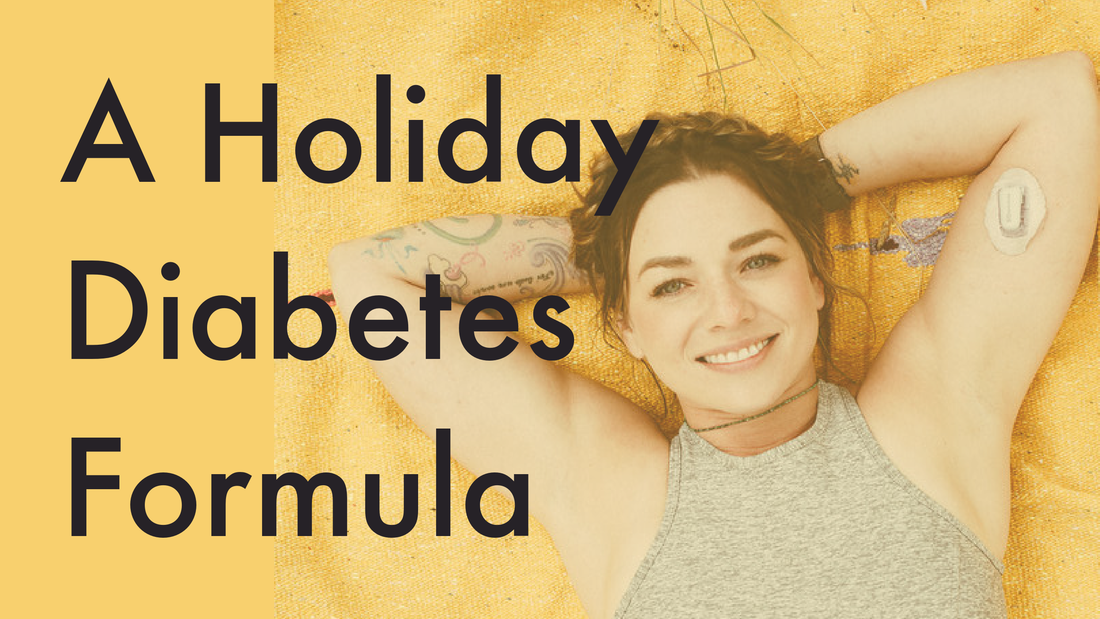
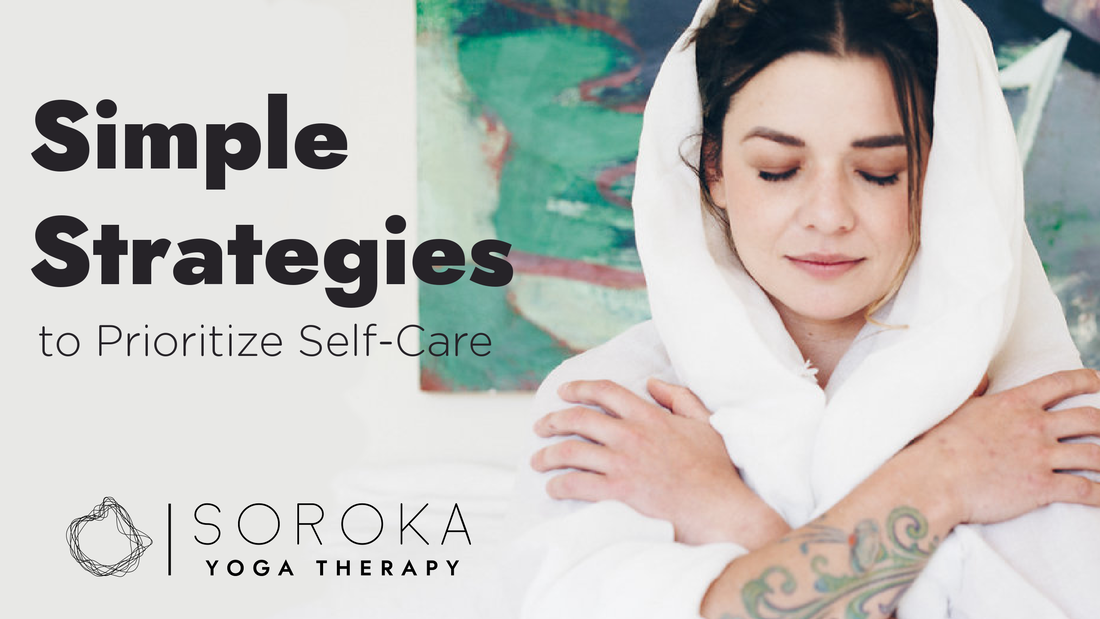
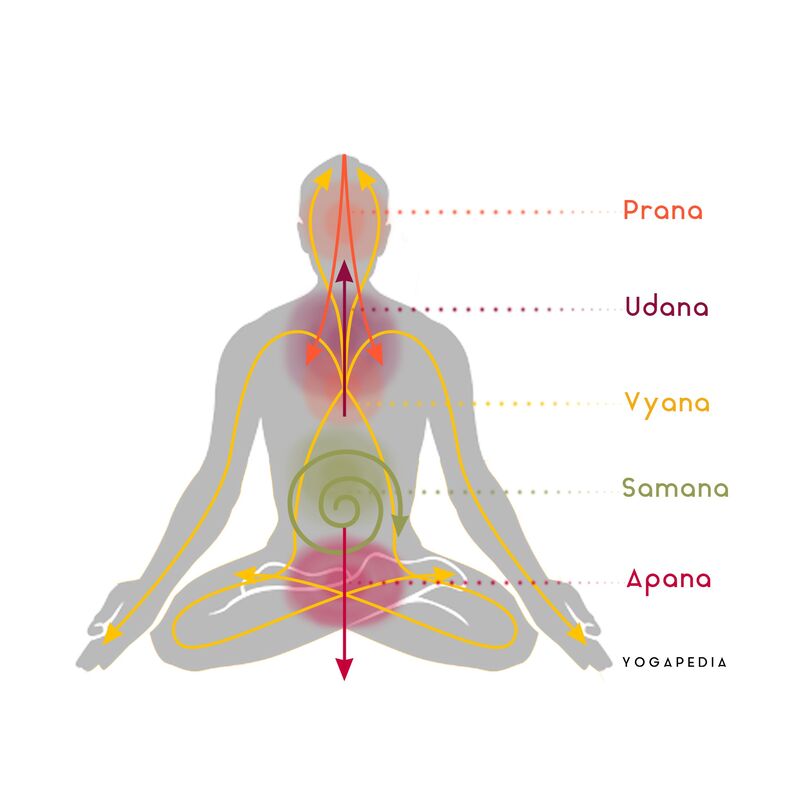


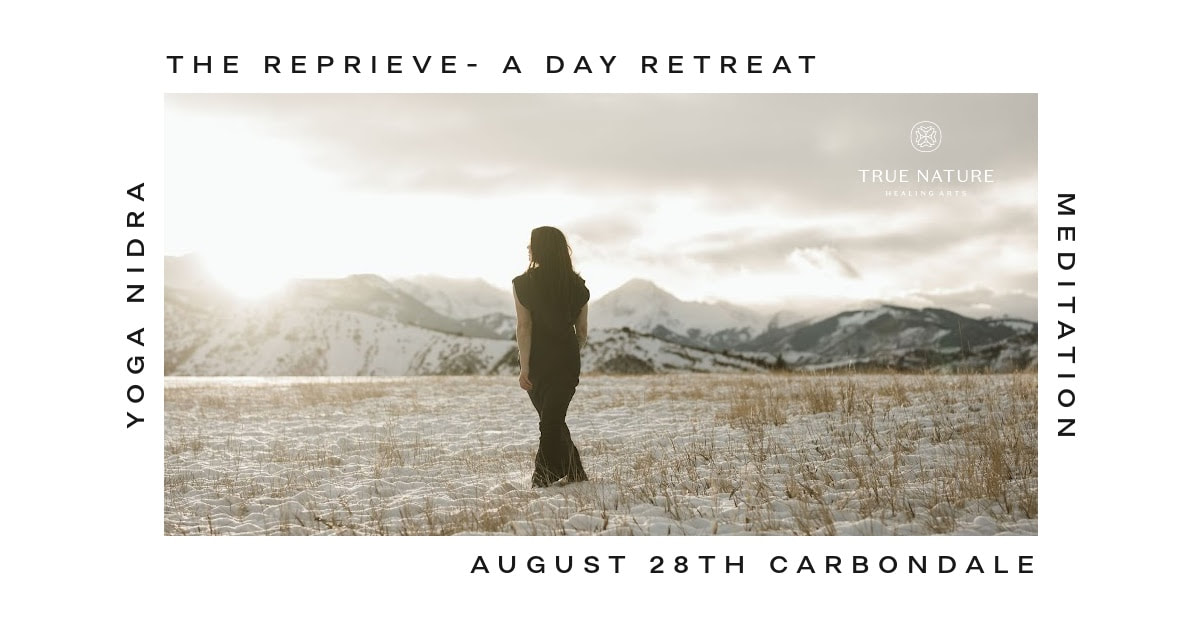

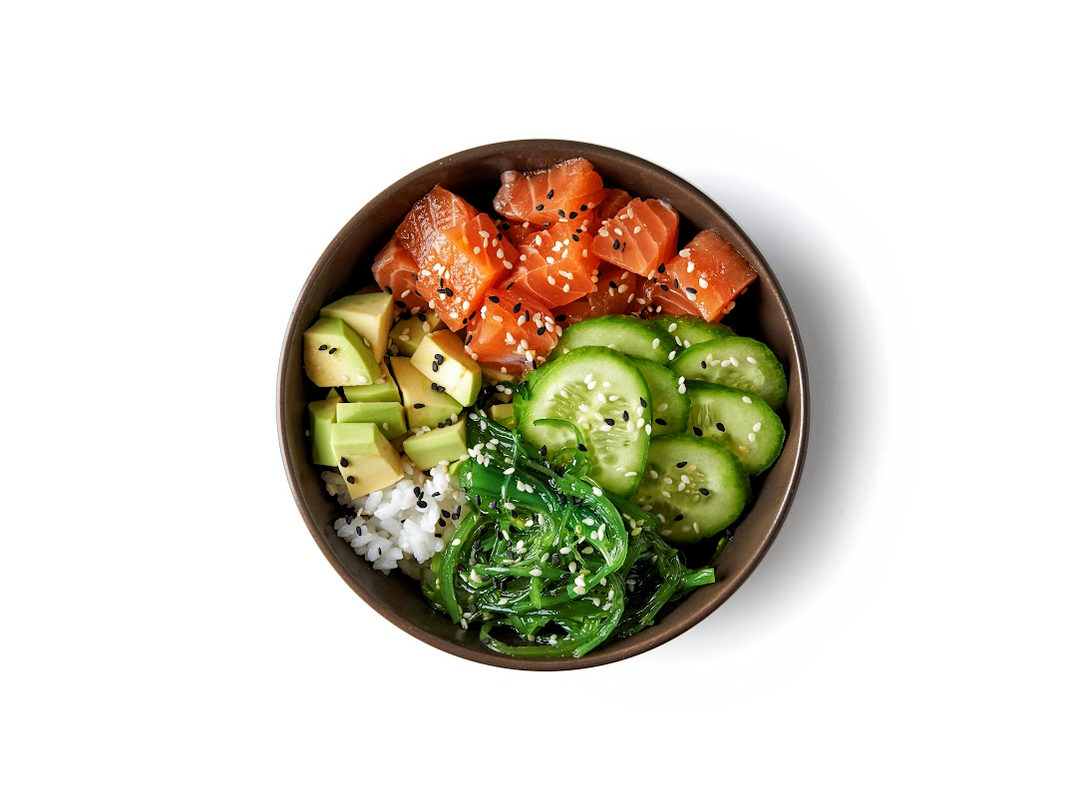


 RSS Feed
RSS Feed